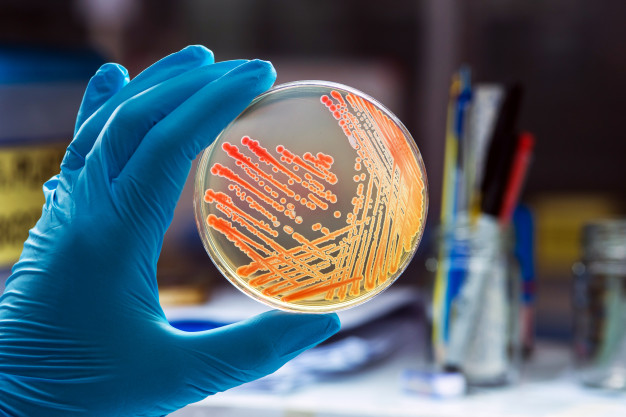AN UPSURGE IN FOODBORNE ILLNESS OUTBREAKS– INFLUENCE THE FOOD PATHOGEN TESTING MARKET GLOBALLY
Food pathogen testing is defined as the process that helps in monitoring the presence of any life threatening bacteria or microbes in food. The food pathogen testing is mainly crucial for the food industry as there are about 31 known viruses and bacteria causing pathogens that can lead to harmful foodborne diseases. This method of testing is employed in every step of food production to ensure food safety. The rise in safety concerns and regulations due to the number of cases of food poisoning drives the growth of the market for food pathogen testing. Also, advancements in various food pathogen testing methods like polymerase chain reaction and immunomagnetic separation and limited detection time favors the adoption of food pathogen testing by various participants in the food industry.
The foodborne illness colloquially referred to as food poisoning is any type of illness which results from the spoilage of food, due to pathogenic viruses, bacteria or parasites that have the capability of contaminating the food. There is an increase of the number of people who are elderly and disproportionately susceptible to the serious outcomes of foodborne illness worldwide. Foodborne diseases comprise of a wide range of illness ranging from diarrhea to cancer. Some of the gastrointestinal issues can produce neurological, immunological and gynecological symptoms. Changes in food microorganisms can lead to the constant evolution of pathogens, development of resistance to antibiotics and change in the virulence of the known pathogens. Most of the people remain exposed to the risks of contaminated food in commercial foodservice settings due to poor hygiene.
As per the data published in two articles of the journal Emerging Infectious Diseases in 2010, the Centers of Disease Control and Prevention (CDC) have estimated that every year about 48 million people fall sick due to foodborne diseases, 1, 28,000 people are hospitalized and 3000 people lose their lives in the hands of foodborne diseases. In December, 2006 an E.coli outbreak affected about 71 customers of Taco Bell in five states. Eight of these affected people developed kidney failure and 53 people were taken to the hospitals. This outbreak was related to contaminated lettuce. Another example of foodborne illness was observed in 2015 which was considered to of the largest botulism outbreak in the last 40 years in Ohio. This outbreak caused severe illness in 29 people and one death due to respiratory failure. Consumption of improperly home-canned potatoes which was used for making potato salad was the reason behind this outbreak. The food pathogen testing is conducted to detect such contaminations and thus to completely eliminate the chances of foodborne illnesses. It is a process that is implemented in every step of food production for the purpose of ensuring food safety and sanitation. The food pathogen testing is done using conventional cell culture standards or using new technologies like laser-based diagnostics. Salmonella, listeria and E.coli are the most common pathogens causing foodborne illnesses, food pathogen testing is concerned with. Food pathogen testing helps in monitoring the presence of any microbes or bacteria present in food that can be hazardous to the consumer. Pathogen testing is of major importance as there are 31 known virus and bacteria causing contamination that can lead to foodborne illness. Their detection and elimination is very important. Thus the rise in the outbreak of foodborne illness creates the demand for food pathogen testing.



